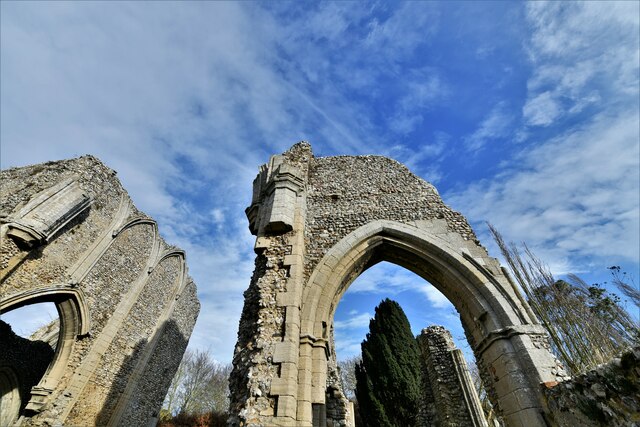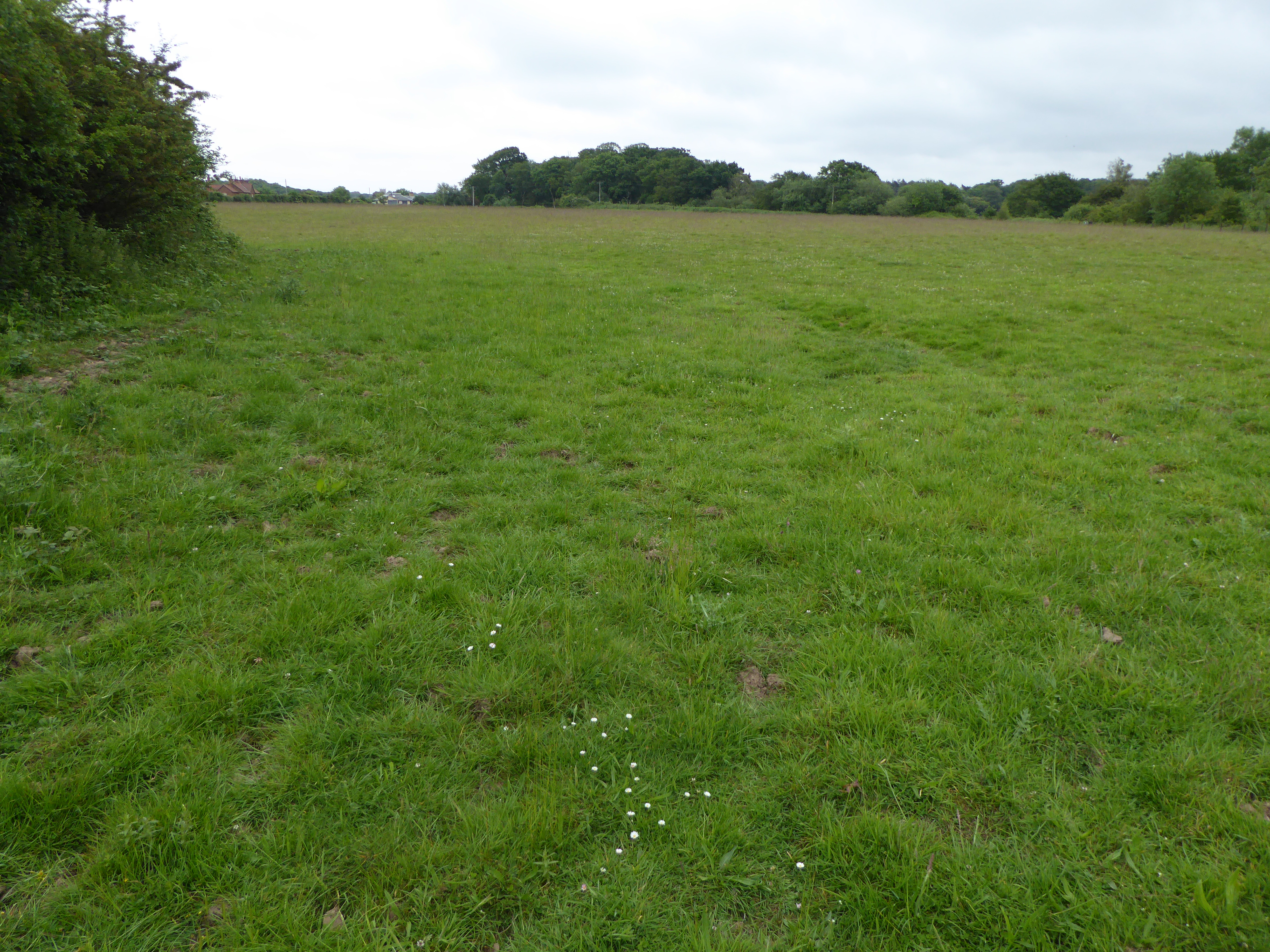Burnham Thorpe
Civil Parish in Norfolk King's Lynn and West Norfolk
England
Burnham Thorpe

Burnham Thorpe is a civil parish located in the county of Norfolk, England. It is situated approximately 25 miles northwest of the city of Norwich and 6 miles southeast of the town of Wells-next-the-Sea. The parish covers an area of around 7.5 square miles and has a population of about 200 residents.
The village of Burnham Thorpe is primarily known for being the birthplace of Horatio Nelson, the famous British naval commander who played a crucial role in the Napoleonic Wars. Nelson was born in the rectory of the village in 1758, and his childhood home still stands today. The village is proud of its historical connection to Nelson, and there are several landmarks dedicated to him, including a memorial in the churchyard.
The landscape of Burnham Thorpe is predominantly agricultural, with fields and farmland surrounding the village. The area is characterized by its rolling countryside, with the River Burn running through the parish. The village itself is small and picturesque, with traditional Norfolk cottages and a village green.
Despite its small size, Burnham Thorpe offers a range of amenities for its residents and visitors. These include a village hall, a primary school, and a pub. The village is also well-connected, with good road links to nearby towns and cities.
In conclusion, Burnham Thorpe is a charming and historic village in Norfolk, famed for being the birthplace of Admiral Lord Nelson. With its beautiful countryside and close-knit community, it offers a peaceful and idyllic place to live or visit.
If you have any feedback on the listing, please let us know in the comments section below.
Burnham Thorpe Images
Images are sourced within 2km of 52.934526/0.763206 or Grid Reference TF8541. Thanks to Geograph Open Source API. All images are credited.



Burnham Thorpe is located at Grid Ref: TF8541 (Lat: 52.934526, Lng: 0.763206)
Administrative County: Norfolk
District: King's Lynn and West Norfolk
Police Authority: Norfolk
What 3 Words
///singled.waged.glows. Near Wells-next-the-Sea, Norfolk
Nearby Locations
Related Wikis
Burnham Thorpe
Burnham Thorpe is a hamlet and civil parish on the River Burn and near the coast of Norfolk, England. It is famous for being the birthplace of Vice Admiral...
Creake Abbey
Creake Abbey is a ruined abbey in Norfolk, England, situated alongside the River Burn and a mile to the north of the village of North Creake. The abbey...
Holkham Brick Pit
Holkham Brick Pit is a 0.5-hectare (1.2-acre) geological Site of Special Scientific Interest west of Wells-next-the-Sea in Norfolk. It is a Geological...
Peterstone Priory
Peterstone Priory a house of Augustinian Canons, was a priory in Burnham Overy, Norfolk, England. It was founded before 1200 and incorporated 1449. �...
Norfolk Burnhams
The Norfolk Burnhams are a group of adjacent villages on the north coast of Norfolk, England. The villages are located near a large natural bay named Brancaster...
Burnham Market railway station
Burnham Market was a railway station which served the village of Burnham Market in Norfolk, England. Opened by the West Norfolk Junction railway in 1866...
Burnham Norton Friary
Burnham Norton Friary was a Carmelite (White Friars) friary near Burnham Market in Norfolk, England. It is now a ruin. The friary was founded by Sir William...
Burnham Market
Burnham Market is an English village and civil parish near the north coast of Norfolk. It is one of the Burnhams, a group of three adjacent villages that...
Nearby Amenities
Located within 500m of 52.934526,0.763206Have you been to Burnham Thorpe?
Leave your review of Burnham Thorpe below (or comments, questions and feedback).



















